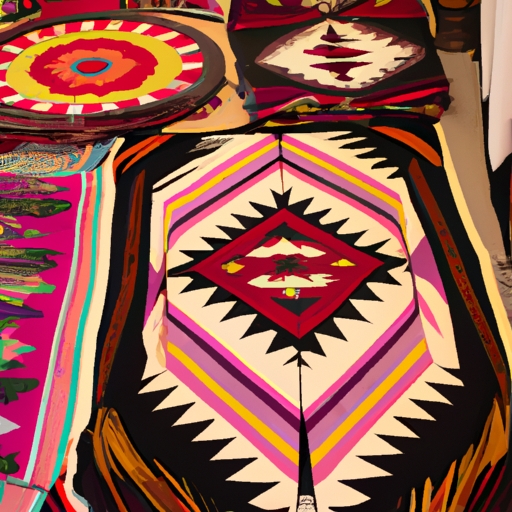Native American woven rugs
Historical background and significance of Native American rugs
Native American rug weaving holds profound historical and cultural significance. The process of creating these intricate woven rugs stretches back centuries, serving as a powerful testament to the rich heritage of Native American tribes. The artistry and craftsmanship displayed in each rug reflect the deep connection between nature, spirituality, and daily life for indigenous peoples.
Traditionally, Native American women were the primary weavers, using techniques passed down through generations. They meticulously gathered materials from their surroundings—such as wool from sheep or goats—and skillfully dyed them using natural pigments derived from plants, roots, and minerals. These vibrant colors not only added visual appeal but also conveyed symbolic meanings tied to tribal traditions and beliefs.
The patterns found in Native American rugs are often steeped in symbolism and storytelling. Each design represents a unique narrative that reflects ancestral tales, spiritual concepts, or personal experiences of the weaver's tribe. For instance, geometric patterns might symbolize celestial bodies or depict harmonious connections with nature. Animal motifs could honor revered creatures or illustrate hunting rituals celebrated by the community.
Furthermore, Native American woven rugs served practical purposes beyond their cultural value. They provided insulation against harsh weather conditions in regions where tribes resided. Additionally, these exquisite textiles adorned homes and ceremonial spaces during important gatherings or events. Their presence enhanced the ambiance while honoring tribal customs and preserving cultural identity.
Despite facing significant challenges throughout history—such as forced assimilation policies—Native American rug weaving has endured as an expression of resilience and cultural pride among indigenous communities today. Many tribes continue to uphold this tradition by teaching younger generations the ancient techniques passed down by their ancestors.
In conclusion, Native American woven rugs encapsulate far more than mere aesthetic beauty; they serve as tangible links to centuries-old traditions and stories within indigenous cultures. Through their intricate designs, vibrant colors, and skilled craftsmanship, these textiles connect present-day communities with their roots while showcasing the ingenuity and creativity of Native American people throughout history.
identifying native american rugs
